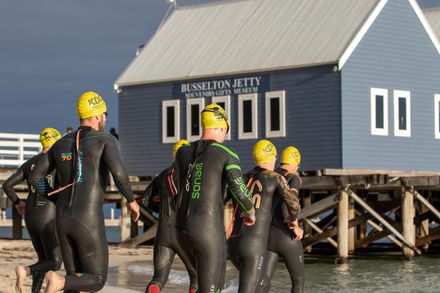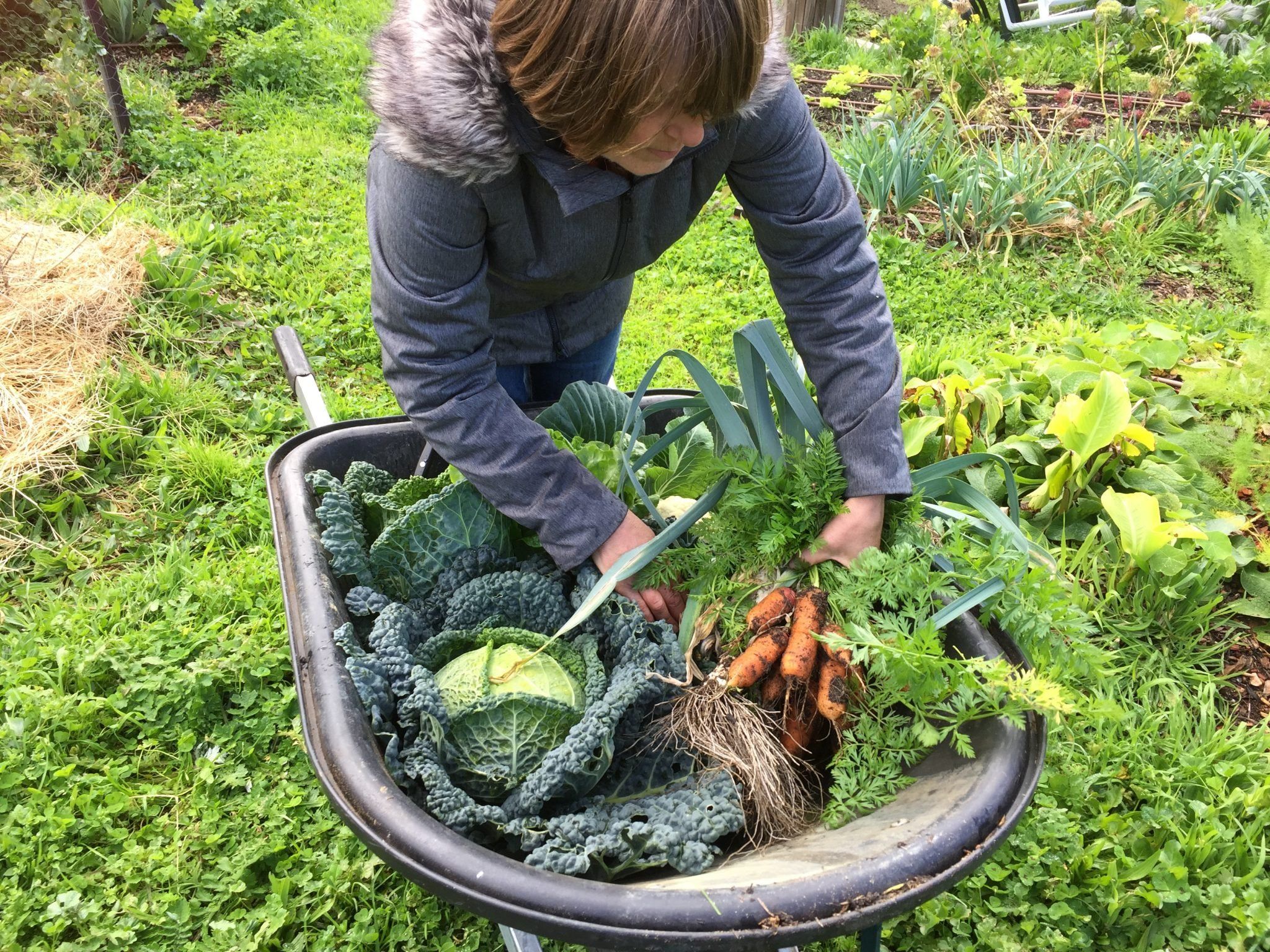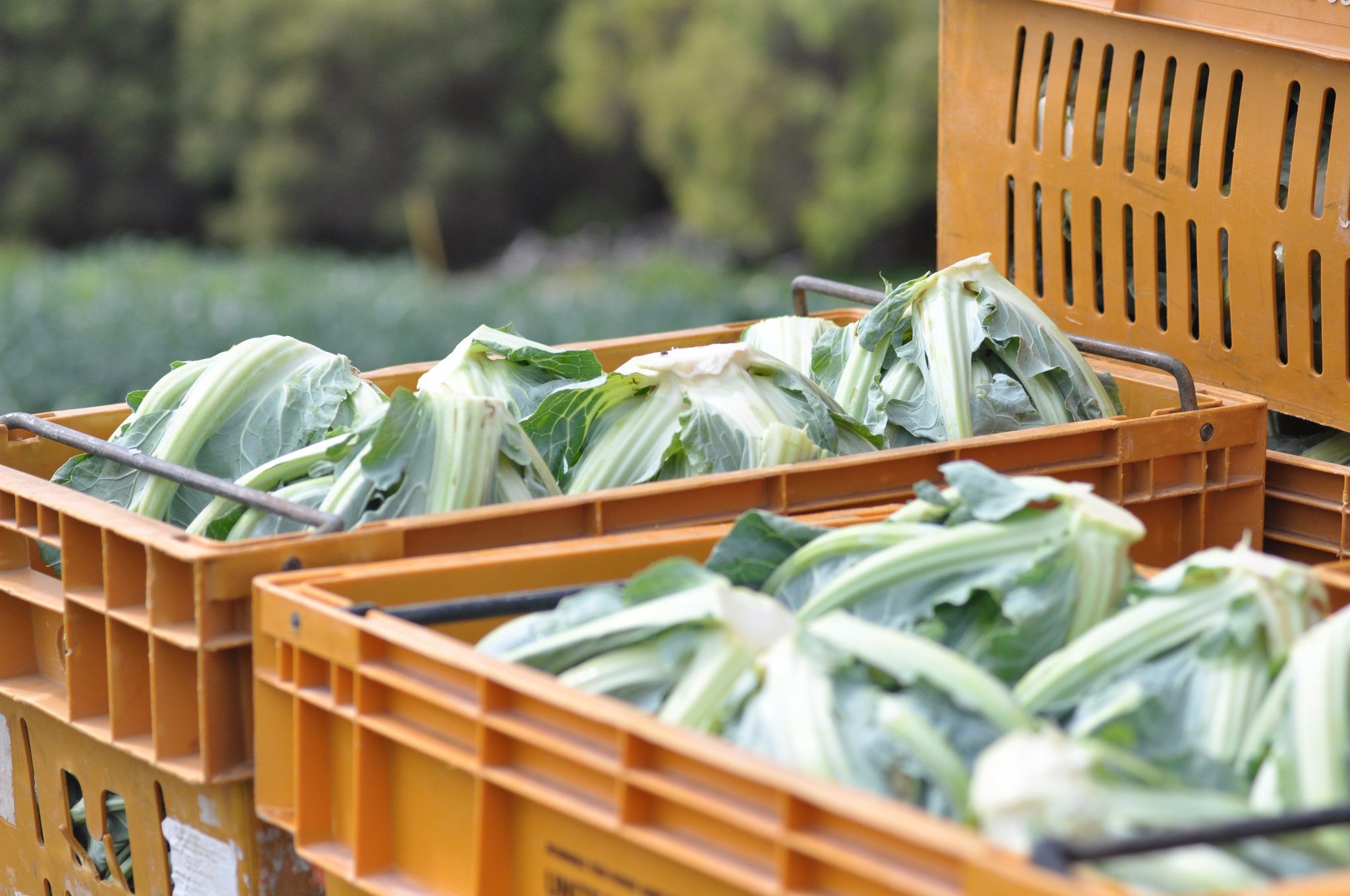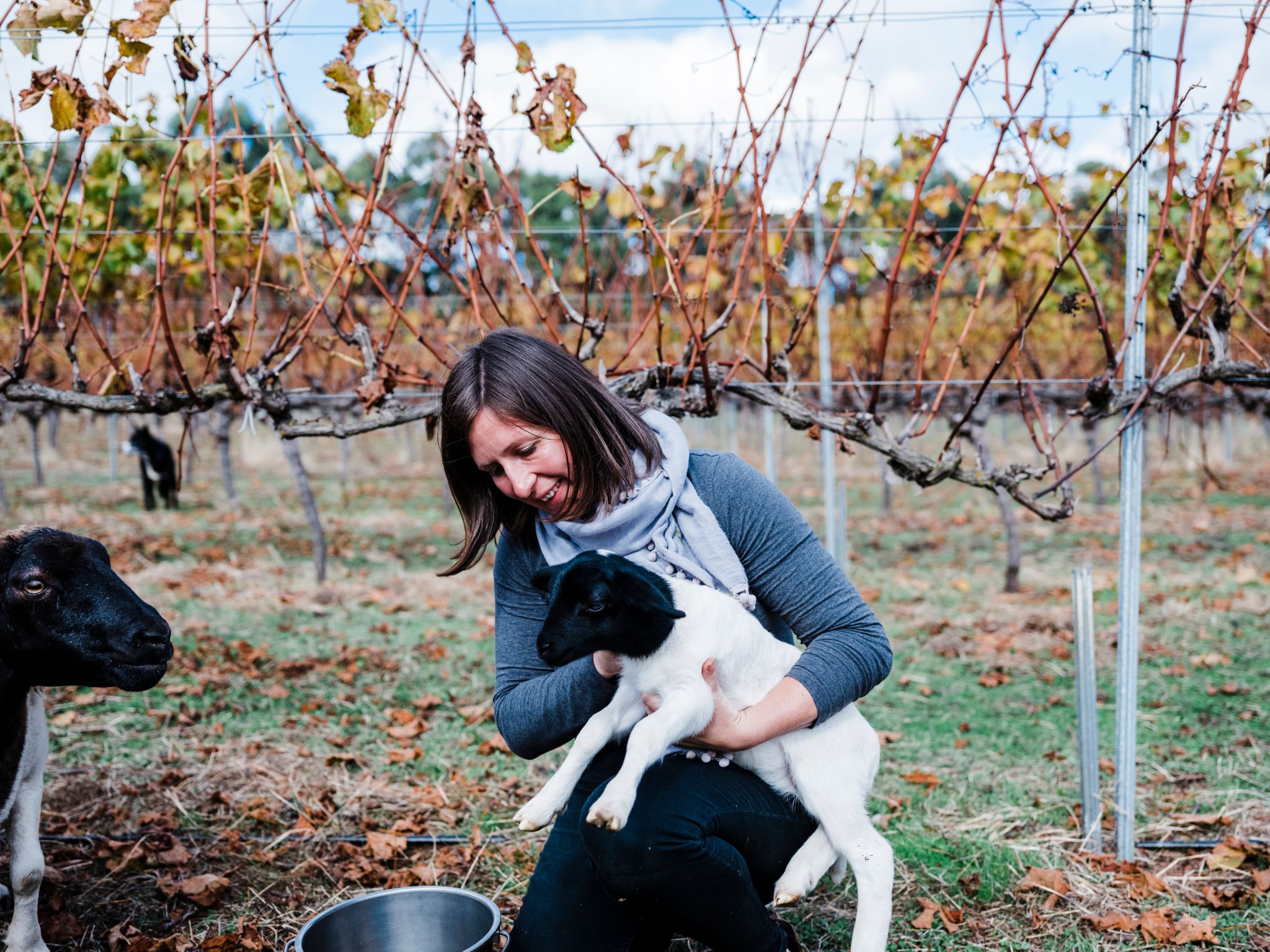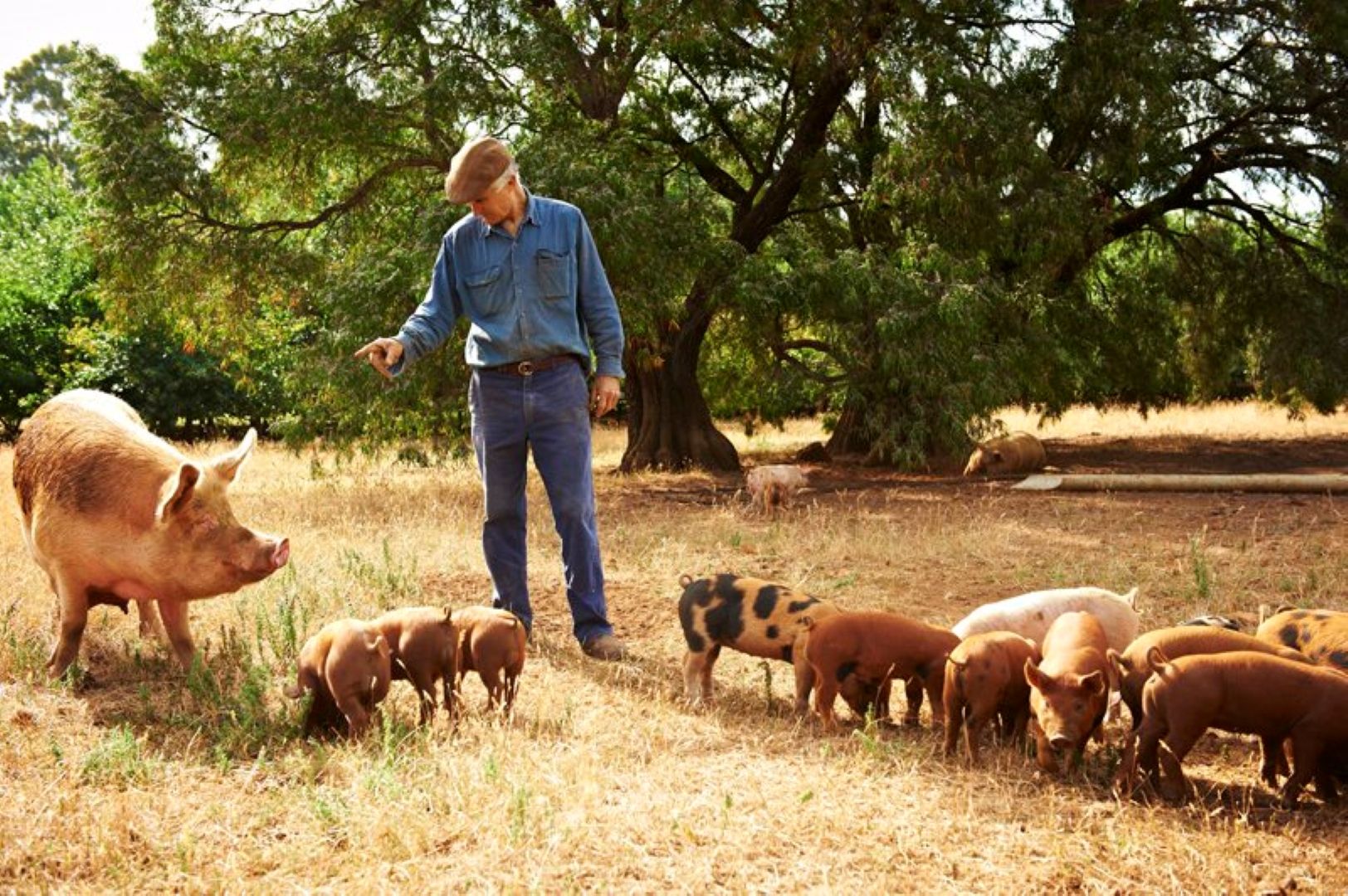Just visiting the region for a few days and dining out the whole time? Chances are you’ve tried Jo’s vegetable bounty without knowing. “I used to have 10-acres under crop and have taken it down to 2. It’s more about interesting produce that people want to eat and chefs want to cook. I only supply locally now – direct to restaurant kitchens, a local wholesaler and to the public at the Margaret River Farmers’ Market.”
One of the kitchens she helps supply is just around the corner at Glenarty Road, where the demand for their tasty paddock to plate lunches has meant that the chefs need a little extra help from the garden. “In summer during the busiest period we have been so popular with visitors coming for lunch. We never imagined we would have ended up being restaurateurs as well as farmers”, says Sasha Foley, the winemaker and co-owner of Glenarty Road with husband Ben.
‘Everything we grow here has both form and function. The hedges are bay leaf and rosemary, which taste great with our lamb. Our chefs are constantly harvesting from our gardens throughout the day – it’s food that is not only good for you, but tastes amazing!”
With 1,600 ewes, the Foley’s produce plenty of lamb to go with their veg both in the restaurant and for customers to take home for their own Sunday roast. With the vines producing all of the fruit needed for their wines, and now hops for a beer collaboration with The Beer Farm, there is no shortage of tasks to keep the pair busy year-round.
A quick visit mid-winter found tables full of chocolate ready to be packaged thanks to a guest appearance from bean to bar chocolatier Cailo. “We have 160 macadamia trees producing fruit that we planted here as a windbreak for the sauvignon blanc vines. A collaboration on our first chocolate macadamia bars with Cailo is putting them to good use.”
With 250 other varieties of fruit trees around the property, they have a host of nectarines, citrus fruits and avocados to use in the kitchen and available at cellar door. No produce goes to waste – anything unused goes to pickles and preserves, which can be found sitting alongside their own honey from hives on the farm and olive oil pressed from their own olive trees.
“There isn’t really much left that we don’t make”, says Sasha.
